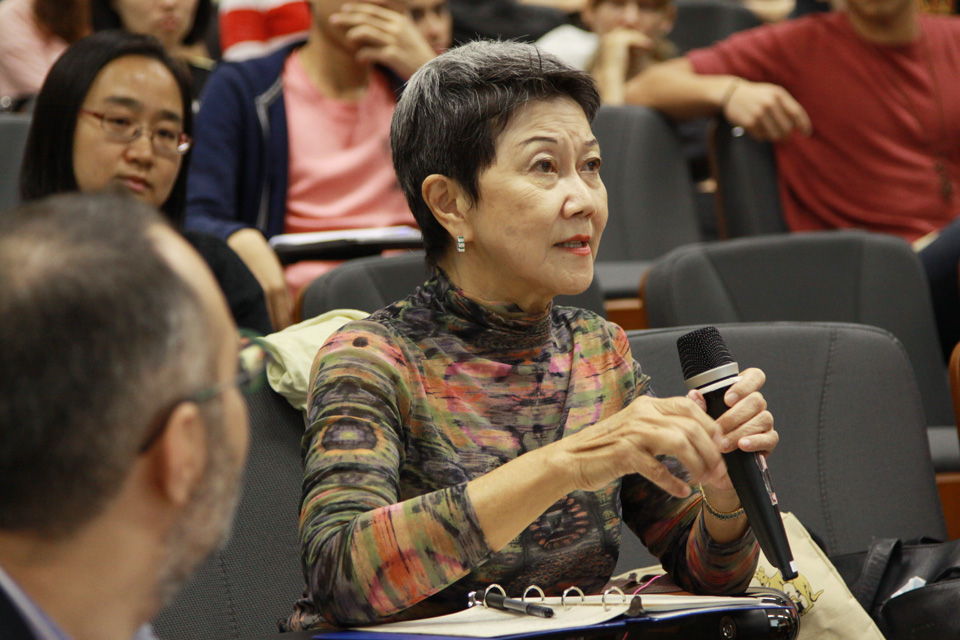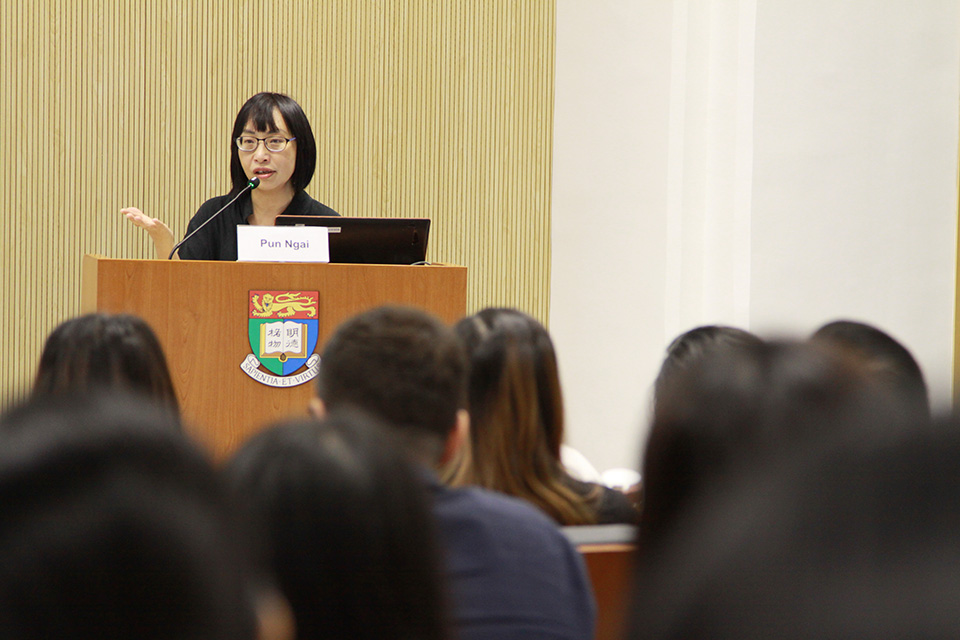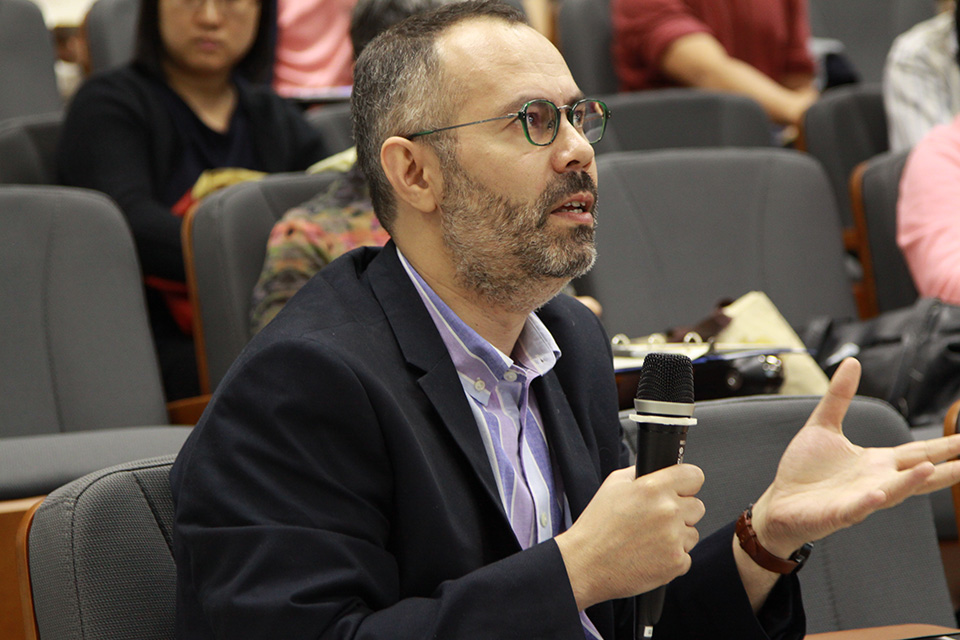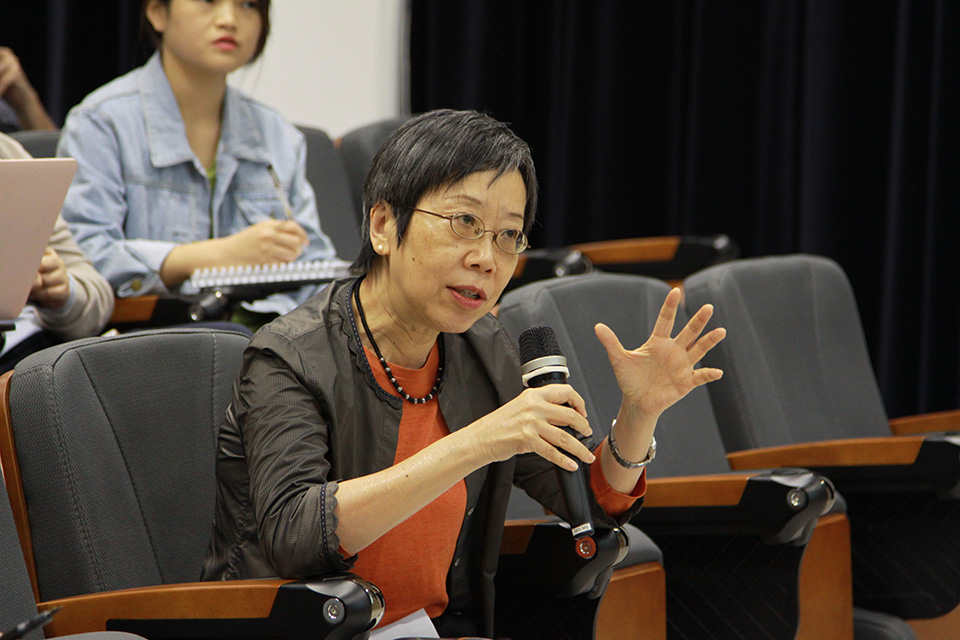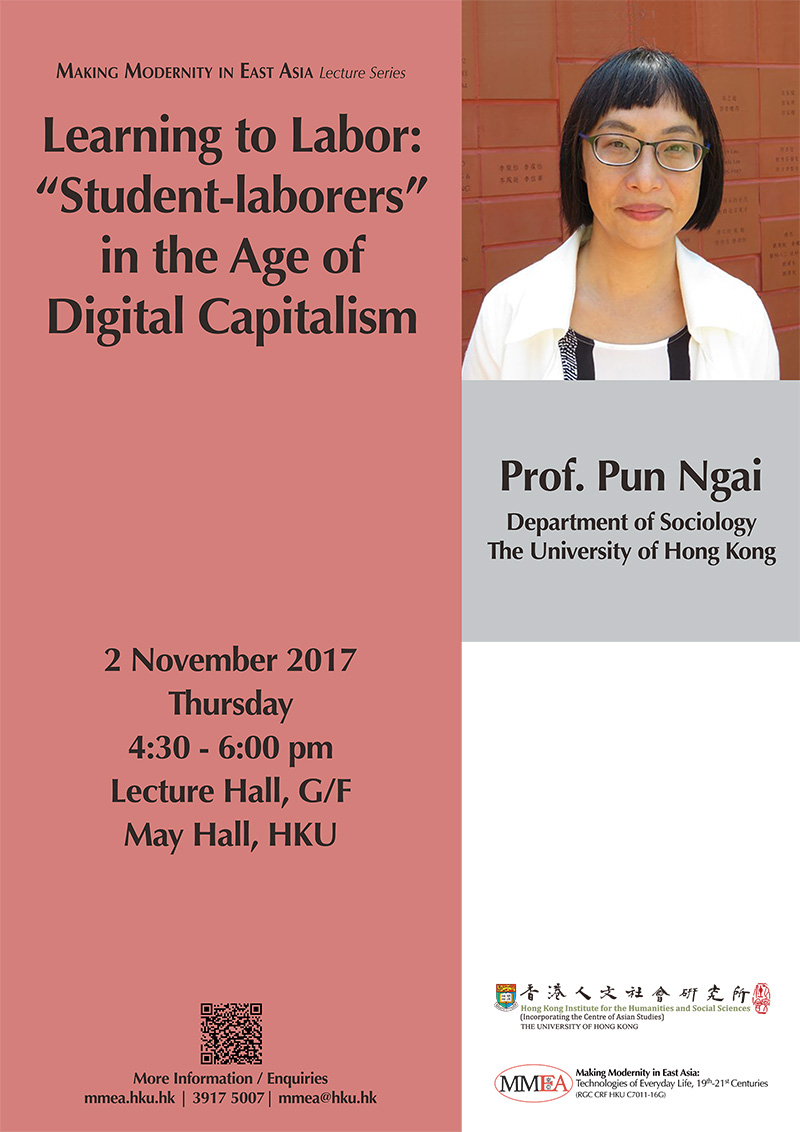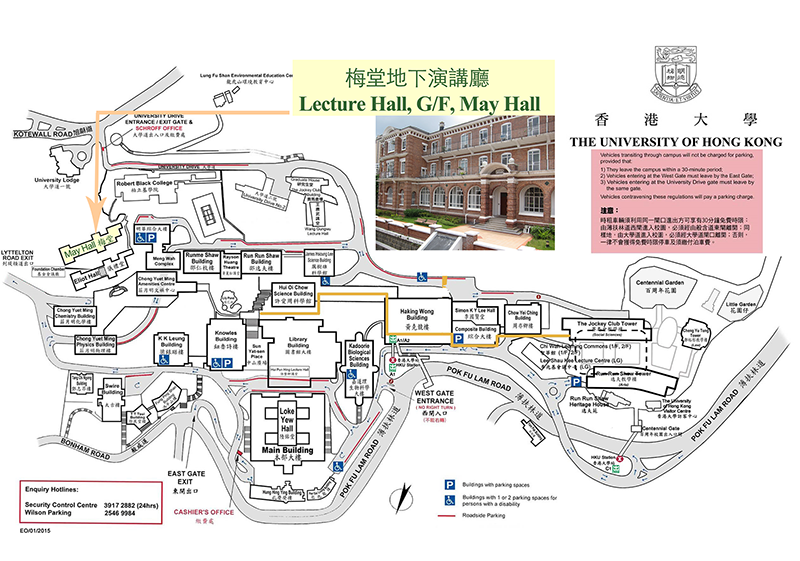Abstract
In advance of the age of digital capitalism, we see the emergence of a new generation of migrant workers and new forms of labor subjects in both manufacturing and service sectors. In addition to traditional rural migrant labor, this new source of labor subjects is driven from the vast amount of student interns from vocational high schools. This group of students, already over 20 million since 2008, are often called “student laborers” and they work to fuel up China’s economic growth in the age of labor shortage in post-financial crisis period. The use of the student-laborers at the dormitory labor regime creates new capital-labor relation and labor conflicts at the site of production. The students are trapped between the hopes of having a decent job after acquiring educational credentials and the reality that a large proportion of vocational school students end up working on assembly lines in factories or having low-end, tiring jobs at IT and other service sector.
About the Speaker

Pun Ngai received her PhD from University of London, SOAS in 1998. She is the winner of 2006 C. Wright Mills Award for her book, Made in China: Women Factory Workers in a Global Workplace (Duke University Press, 2005). Made in China is widely used as required reading in major universities in America, Europe and Asia. Together with Dying for Apple: Foxconn and Chinese Workers (co-authored with Jenny Chan and Mark Selden, 2016), these two texts have been translated into German, French, Italian, Spanish, Polish and Chinese. Two of her Chinese books were also awarded Hong Kong Book Prize 2007 and 2011 as the top ten popular book, widely read in Hong Kong and Mainland China.
She published extensively and cross-disciplinary in journals in the areas of sociology, anthropology, labor Studies, China Studies and cultural Studies. Her articles appeared in Current Sociology, Global Labor Studies, Work, Employment and Society, The China Quarterly, Modern China, The China Journal, Positions, Public Culture and Cultural Anthropology.
Photo Highlights

